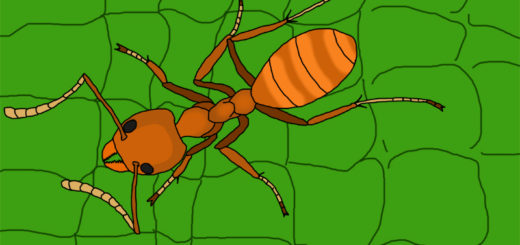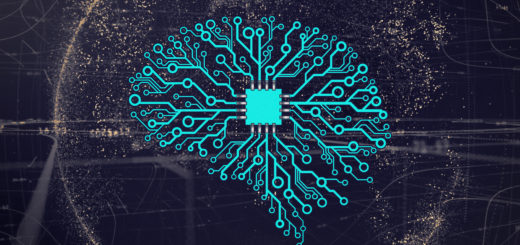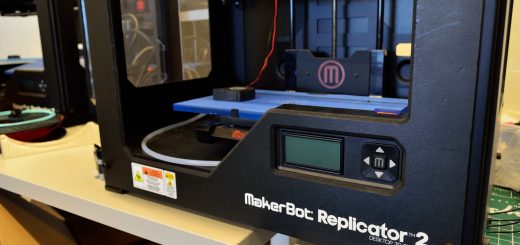What Rick & Morty warns us about animal consciousness

“Good boy!” we’ve all exclaimed dotingly into the face of some amiable, glossy-eyed tetrapod that’s just retrieved its soggy tennis ball. We vow that dogs understand our baby-talk, sense our distress, and miss us after prolonged periods of absence, which poses the question, are animals conscious? And if they are, is that really something we humans want?
It’s paramount to consider the sentience of nonhumans, because if the “Lawnmower Dog” episode of Rick and Morty has taught us anything, its that if animals could hold grudges, and by extension register the degrading ways in which they are treated, humankind would be in trouble. The episode follows the family dog, Snuffles, through a revenge-induced revolution to colonise and subjugate a canine-controlled world following the installation of an intelligence-boosting device by its owners. Fortunately, animals don’t hold grudges, though…right?
Experiments
Meet the pigeon. Its comical appearance is deceiving and leaves us unsuspicious of its intelligence; nevertheless, researchers have found pigeons to boast phenomenal memory and perception prowess [i]. Two researchers analogous in skin colour and age were used to investigate pigeons in an urban park where they were instructed either to remain neutral whilst feeding the pigeons, or frighten them while they foraged [ii]. The study showed that the pigeons avoided the rude researcher who had shown hostile behaviour in the past through shooing or chasing them, and favoured the individual who remained still whilst they fed. Evidently, pigeons are one species who have evolved facial recognition to discriminate between humans and consequently developed ‘hard feelings’.
Examining an animal’s ability to distinguish between entities within their environment allows researchers to consider their sentience; though visual perception isn’t the only method for doing so. Dogs are unbothered by mirrors, yet they have high behavioural complexities that could indicate consciousness [iii]. A ‘yellow snow’ experiment measuring the time four dogs spent sniffing urine found that they spent more time sniffing that of other dogs than their own. Distinguishing between urine indicates they are self-aware, and thus if they are self-conscious, it could be argued they exhibit consciousness [iv].
What defines consciousness?
“I think, therefore I am”, a dictum coined by philosopher René Descartes who advocated for Cartesian dualism in which consciousness is demonstrated by an individual’s ability to ponder their existence [v]. He distinguished the mind from the body by its propensity to conduct thoughts. Taking a leaf from Descartes’ book and approaching animal sentience from a species-specific perspective may be the best way of determining whether any of our beady-eyed friends are plotting a vendetta-fuelled takeover.
Edited by Hazel Imrie
Copy-edited by Rachel Shannon
[i] https://www.pigeon.psy.tufts.edu/avc/
[ii] https://pubmed.ncbi.nlm.nih.gov/21647649/
[iii] https://www.pnas.org/doi/abs/10.1073/pnas.101086398
[iv] https://www.researchgate.net/publication/283840638
[v] https://www.thelancet.com/journals/laneur/article/PIIS1474-4422(18)30080-2/fulltext







